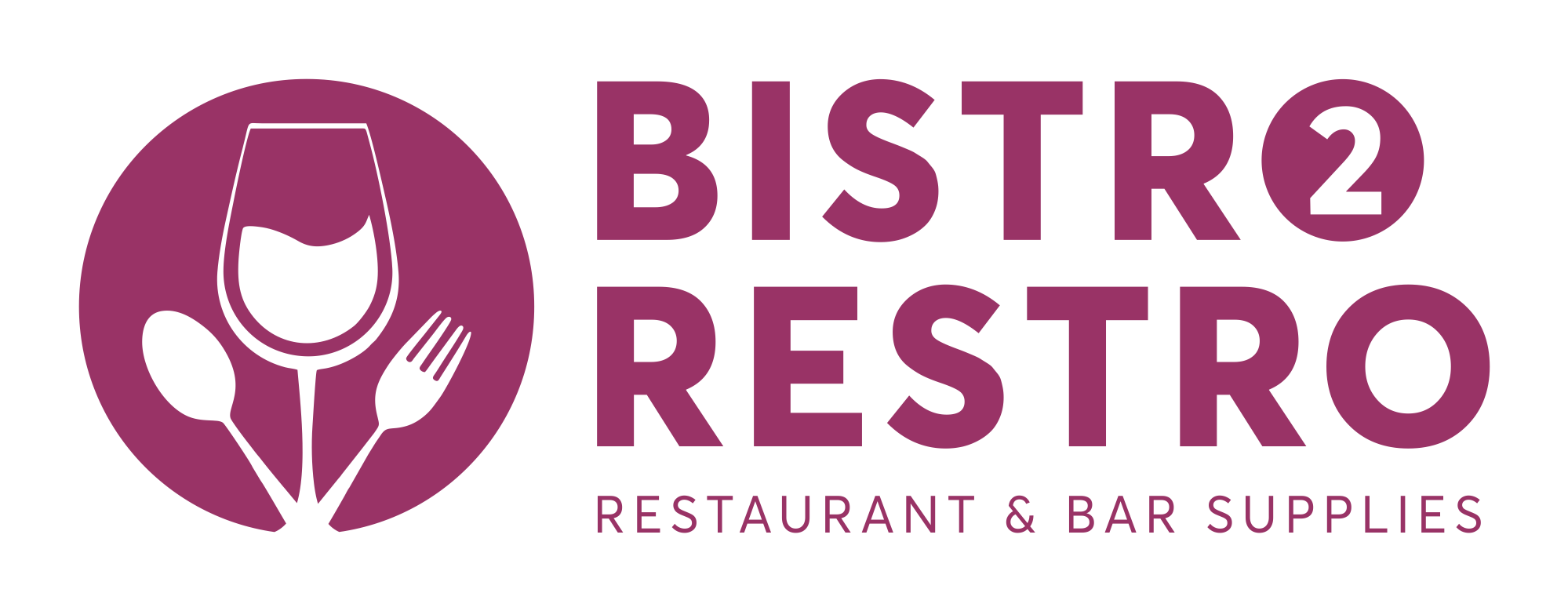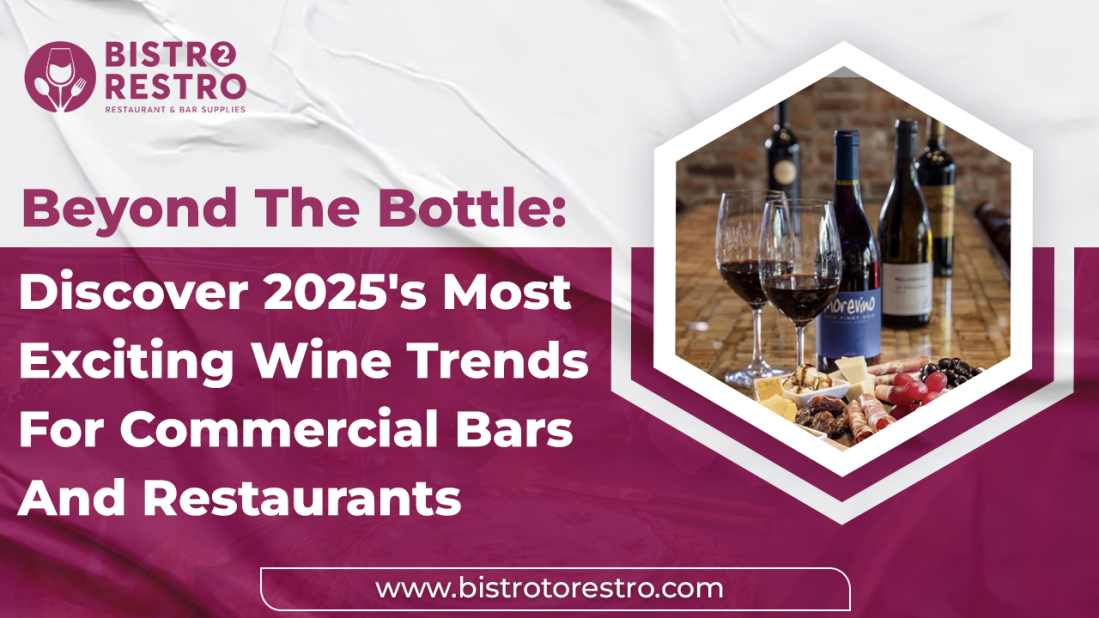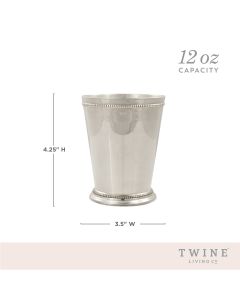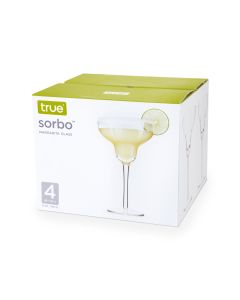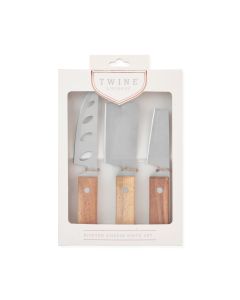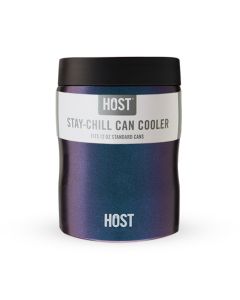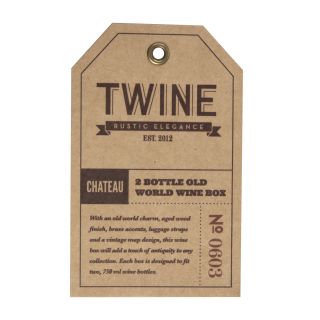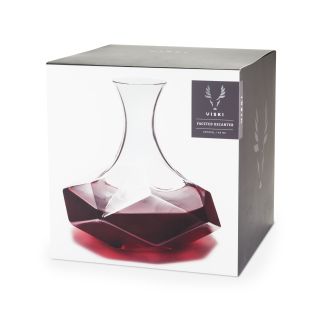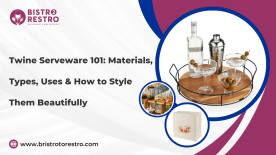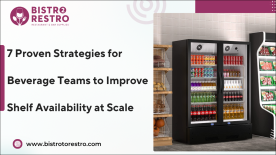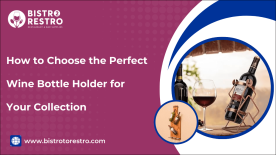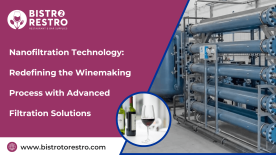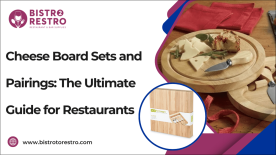As we step into 2025, the wine industry is undergoing a dynamic transformation, influenced by evolving consumer preferences, health consciousness, and a desire for unique experiences. For commercial bars and restaurants, staying abreast of these trends is essential to attract and retain a diverse clientele. This article delves into the most exciting wine trends set to shape the hospitality sector in 2025.
| Table of Contents The Rise of Non-Alcoholic and Low-Alcohol Wines The Revival of Classic Wine Regions Wine and Food Pairing Experiences Wine Flights and Tastings |
The Rise of Non-Alcoholic and Low-Alcohol Wines
Health-conscious consumers are increasingly seeking beverages that align with their wellness goals. Non-alcoholic and low-alcohol wines are gaining significant traction, offering the complexity and flavor of traditional wines without the associated alcohol content. Major brands are expanding their portfolios to include these options, catering to the growing demand for mindful drinking.
Implication for Bars and Restaurants: Incorporating a selection of non-alcoholic and low-alcohol wines can attract a broader customer base, including those who prefer to moderate their alcohol intake. Prominently featuring these options on menus and training staff to recommend them can enhance the dining experience and boost sales.
Also read on: Thirst for Change: Revolutionizing the Beverage World for 2025
Experiential Wine Offerings
Consumers are increasingly seeking immersive and memorable experiences. Wineries and wine bars are responding by offering experiential tastings, themed events, and interactive wine pairings that engage all the senses. This trend aligns with the broader movement towards experiential dining, where the focus is on creating lasting memories rather than just serving food and drinks.
Implication for Bars and Restaurants: Hosting wine-tasting events, wine-pairing dinners, or wine education sessions can differentiate your establishment and attract wine enthusiasts eager for new experiences. Collaborating with wineries for exclusive events can also enhance your venue's reputation and customer loyalty.
Sustainable and Organic Wines
Environmental sustainability continues to be a significant concern for consumers. Wines produced using organic and sustainable practices are becoming more popular, reflecting a broader commitment to environmental responsibility. This trend is not only about the production methods but also extends to packaging, with a preference for eco-friendly materials.
Implication for Bars and Restaurants: Offering a curated selection of organic and sustainably produced wines can appeal to eco-conscious consumers. Highlighting these wines on your menu and providing information about their production can enhance your establishment's image as a responsible and forward-thinking venue.
Innovative Wine Formats
Convenience and portability are driving the popularity of alternative wine formats such as cans, boxes, and pouches. These formats cater to consumers seeking convenience without compromising quality. Additionally, smaller formats like half-bottles and single-serve options are gaining traction, allowing for greater variety and flexibility.
Implication for Bars and Restaurants: Introducing alternative wine formats can attract a younger, more diverse clientele. These formats are particularly appealing for casual dining settings and outdoor events, offering convenience and reducing waste.
The Revival of Classic Wine Regions
While new wine regions continue to emerge, there is a renewed interest in classic wine-producing areas. Regions such as Bordeaux, Burgundy, and Napa Valley are experiencing a resurgence, with consumers appreciating the tradition and quality associated with these areas. This trend reflects a desire for authenticity and a connection to the history of wine.
Implication for Bars and Restaurants: Featuring wines from renowned regions can attract connoisseurs and those seeking classic flavors. Offering a balanced selection that includes both innovative and traditional wines can cater to a wide range of preferences.
Natural and Minimal Intervention Wines
There is a growing appreciation for natural wines, which are produced with minimal intervention, allowing the true character of the grape and terroir to shine. These wines often have unique flavors and appeal to adventurous consumers. The trend towards natural wines is part of a broader movement towards authenticity and transparency in food and beverage.
Implication for Bars and Restaurants: Including natural wines in your offerings can attract a niche market interested in unique and authentic flavors. Educating staff about these wines and their production methods can enhance the customer experience and position your establishment as a leader in wine innovation.
Wine and Food Pairing Experiences
Consumers are increasingly interested in how wine complements food. Offering curated wine and food pairing experiences can enhance the dining experience and educate patrons about the nuances of wine flavors. This trend aligns with the broader movement towards experiential dining, where the focus is on creating memorable and educational experiences.
Implication for Bars and Restaurants: Developing wine pairing menus or hosting pairing events can attract food and wine enthusiasts. Collaborating with chefs to create special pairing menus can also elevate your establishment's culinary reputation.
Digital Wine Experiences
The integration of technology into the wine experience is on the rise. Virtual wine tastings, augmented reality labels, and online wine education platforms are becoming more prevalent, offering consumers new ways to engage with wine. This trend reflects a broader digital transformation in the hospitality industry.
Implication for Bars and Restaurants: Incorporating digital elements into your wine offerings can enhance customer engagement. Offering virtual tastings or interactive wine lists can attract tech-savvy consumers and provide a unique selling point for your establishment.
Wine as a Wellness Beverage
There is a growing trend of positioning wine as a wellness beverage, with a focus on health benefits and mindful consumption. Wines with lower alcohol content, organic certifications, and added health benefits are gaining popularity among health-conscious consumers. This trend reflects a broader movement towards wellness in the food and beverage industry.
Implication for Bars and Restaurants: Offering wines that emphasize health benefits, such as lower alcohol content or organic certifications, can attract health-conscious patrons. Educating staff about these benefits and highlighting them on the menu can enhance the dining experience and appeal to a wellness-oriented clientele.
Creative Wine Cocktails
The fusion of wine with other spirits and ingredients to create innovative cocktails is a trend gaining momentum. Wine-based cocktails offer a unique twist on traditional drinks, appealing to adventurous consumers seeking new flavor experiences. This trend allows for creativity and experimentation within the beverage program.
Implication for Bars and Restaurants: Incorporating wine-based cocktails into your menu can attract a diverse clientele and showcase your establishment's creativity. Training staff to craft and recommend these cocktails can enhance the overall beverage experience and set your venue apart from competitors.
Also read on: Top 7 Cocktail Trends: Here’s What You’ll Be Sipping in 2024
Wine Flights and Tastings
Offering wine flights and tastings allows patrons to explore a variety of wines in a single sitting, enhancing their dining experience and encouraging exploration. This trend caters to consumers' desire for variety and education, providing an opportunity to discover new favorites.
Implication for Bars and Restaurants: Implementing wine flights and tasting events can attract wine enthusiasts and those eager to learn more about wine. These offerings can be tailored to specific themes, regions, or varietals, providing a dynamic and engaging experience for your guests.
The wine industry in 2025 is characterized by a convergence of health consciousness, sustainability, innovation, and experiential dining. For commercial bars and restaurants, embracing these trends is essential to meet evolving consumer expectations and differentiate your establishment in a competitive market. By offering diverse wine options, engaging experiences, and a commitment to sustainability, you can position your venue as a forward-thinking destination for wine enthusiasts and casual diners alike.
Looking to enhance your wine service? BistroToRestro offers a comprehensive selection of high-quality wine accessories, including aerating pourers, wine openers, bottle chillers, and more. These products are designed to elevate the wine experience for both commercial establishments and enthusiasts.
FAQs
What is the best wine to order at a bar?
When selecting a wine at a bar, consider crowd-pleasing options that appeal to a wide range of palates. For red wines, Cabernet Sauvignon is a popular choice due to its balanced profile. For white wines, Sauvignon Blanc offers a crisp and refreshing taste that suits many preferences.
What is the future of the wine market?
The wine market is experiencing a shift towards non-alcoholic and low-alcohol beverages, driven by health-conscious consumers. Italy has recently lifted its ban on labeling non-alcoholic wines as "wine," reflecting this trend.
What are 3 factors that make for an appealing restaurant wine list?
An appealing restaurant wine list should feature a diverse selection of wines that cater to various tastes, including both red and white options. It should also highlight local and regional wines to offer unique experiences. Additionally, providing detailed descriptions and pairing suggestions can enhance the dining experience.
